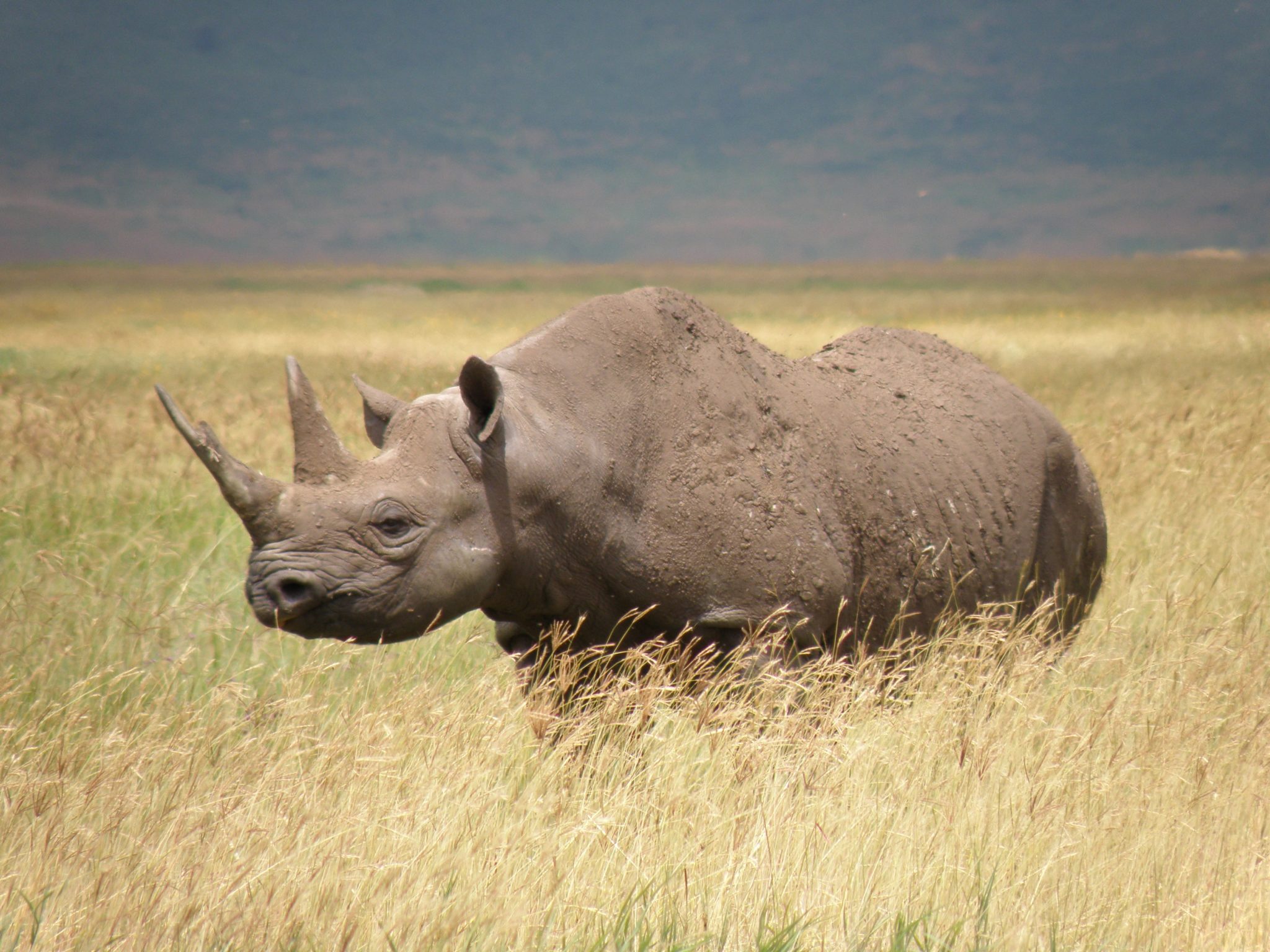
Despite its name, this rhino is usually grey or brown in colour. Their prehensile upper lip is adapted for grasping and holding leaves and branches of shrubs. They also face threats from habitat changes, competing species and alien plant invasions. The black rhino is one of the five species of rhino. BIOLOGY The black rhino lives in Africa, primarily in grasslands, savannahs and tropical bush lands. Despite this, they are used in Chinese medicine for an array of unrelated illnesses fueling the rhino horn trade.

Its one of the two species of Rhinos native to Africa and. The rhino horn is made out of simple keratin the same protein as our and all mammals’ hair and nails are made from. The Black Rhinoceros is a herbivorous browser that belongs to the order of the Perissodactyla. The black rhino has been the victim of persecution for being seen as volatile and dangerous over the 20th century, but in recent years its major threat comes from poaching for the international rhino horn trade. They tend to live in the same area throughout their lives. Their population decreased by a massive 96% between 19, the largest decline of any rhino species. Population characteristics and management of black rhinoceros Diceros bicornis minor and white rhinoceros Ceratotherium simum simum in Ndumu Game Reserve. Black rhinos are generally solitary and sedentary creatures.

The black rhino has a prehensile (or grasping) upper lip, which it uses to draw plant material into its mouth. Its African counterpart, the white rhino, was originally so named due to a misinterpretation of the Afrikaans word wyd (or wide), which refers to its square.

Rhinos, along with equids and tapirs, are the only surviving members of an ancient and formerly diverse group of ungulates, which originated around 50 million years ago. The black rhinoceros has four subspecies, one of which was declared extinct in 2011, with two others critically endangered.


 0 kommentar(er)
0 kommentar(er)
